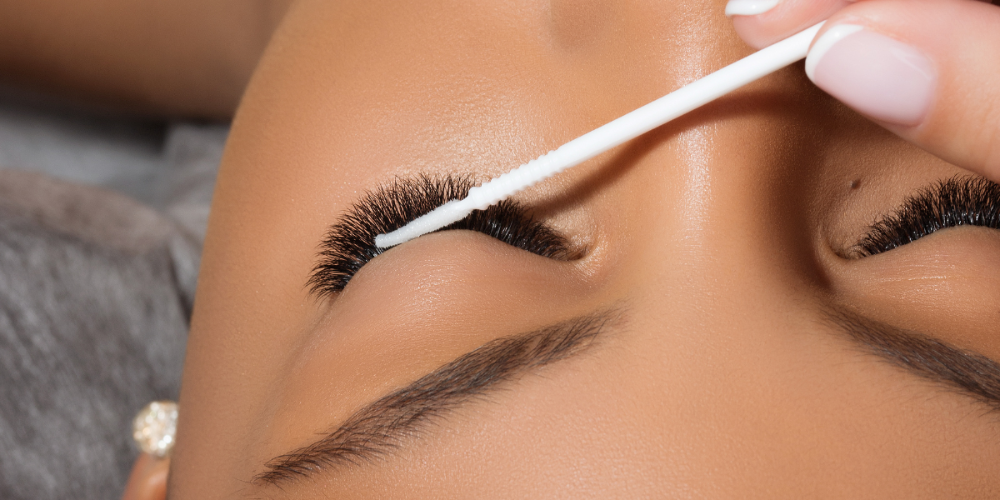Achieving the best lash retention: flexibility in lash adhesive bonding points
Share
When it comes to lash extensions, achieving the best lash retention is a top priority for both lash artists and clients. However, while many factors contribute to the longevity of lash extensions, one crucial aspect often overlooked is the flexibility of the lash adhesive bonding points.
In this blog post, we will delve into why flexible bonding points are essential for maintaining secure and long-lasting lash retention and debunk a common misconception surrounding lash adhesives' oil resistance.
Understanding the mechanism of lash retention
To understand the significance of flexibility in lash adhesive bonding points, let's first examine the process of lash extension attachment and the subsequent challenges faced during daily activities.
Proper attachment
Lash extensions are meticulously applied to the natural lashes using a cyanoacrylate lash adhesive. During this process, the extensions are securely bonded to the natural lashes.

Mechanical stress
However, as we go about our daily routines, various activities such as washing, brushing, and even sleeping on our faces can subject our lashes to mechanical stress. These stressors strain the lash adhesive bonding points, leading to potential issues with retention because cured cyanoacrylate is not as flexible as the natural lashes it’s been glued on to.

Effects of repeated stress
Over time, the hardened cyanoacrylate adhesive may struggle to withstand the repeated mechanical stress caused by daily activities. As a result, the bonding points start to lift, compromising the retention of the lash extensions.

How dirt and sebum affect retention
As the base of the extensions lifts, it creates space for dirt and sebum to accumulate underneath. This further weakens the bond between the extensions and natural lashes, eventually leading to more extensions popping off.

So it is a misconception that cyanoacrylate dissolves in the presence of oil and sebum, making extensions fall off! Instead, they lift the extensions from the natural lash because the glue bonding points are not flexible enough to bend along with natural lashes.
Superbonder comes into the picture
When the original Superbonder is mixed with cyanoacrylate during its curing process, it adds ingredients to make the cyanoacrylate more flexible resulting in better retention.
So when it cures, it becomes more flexible, allowing the glue bonding points to bend with natural lashes during washing, brushing, sleeping, etc., thus increasing retention by up to 30%.
Alcohol-based Superbonder imitations work differently from the original, which contains less than 0.01% alcohol. Alcohol makes cyanoacrylate more brittle instead of strengthening it. That's why it's not recommended to use alcohol-based products with cyanoacrylate lash adhesives. Mixing them can weaken the bond and lead to lash extensions falling off prematurely!
This work is licensed under a Creative Commons Attribution-NonCommercial 4.0 International License.

